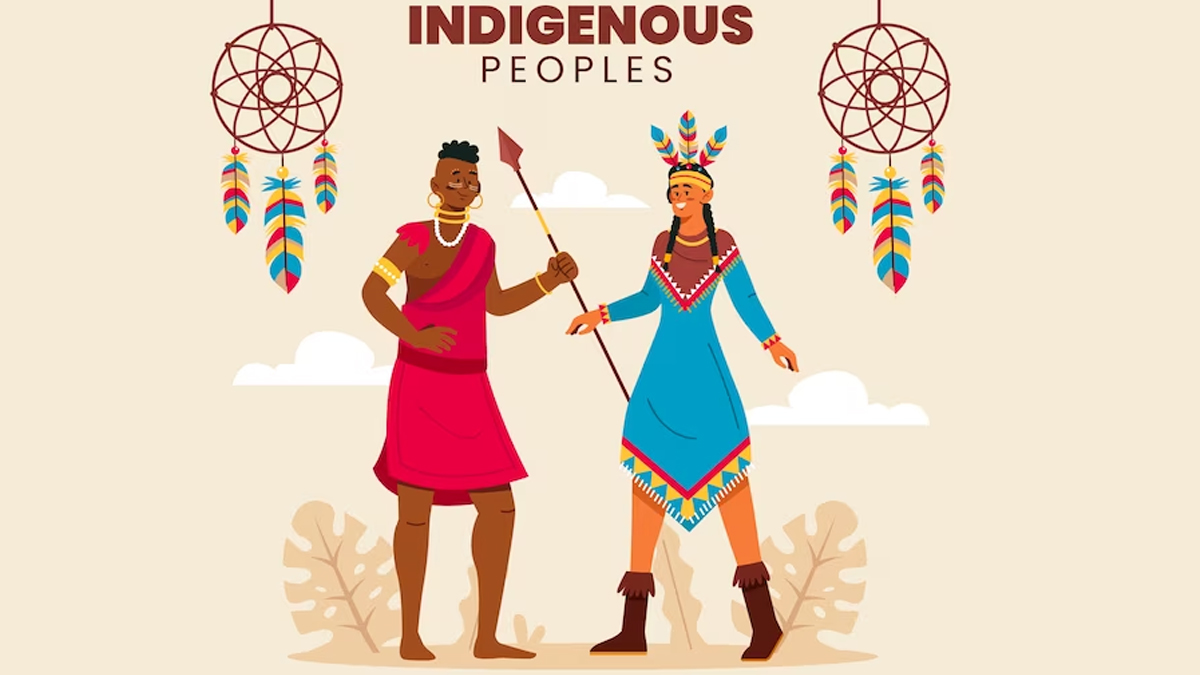Therefore, the information provided here offers a general overview and may not capture the diversity of practices across all tribal communities.
- Collective Ownership:
- Many indigenous communities traditionally adhere to a system of collective ownership of land and resources. This means that the land is often considered communal property, belonging to the entire community rather than individuals.
2. Matrilineal and Patrilineal Systems:
- In some tribal societies, property and inheritance are determined through matrilineal systems, where descent and inheritance are traced through the female line. In others, patrilineal systems are prevalent, where lineage and inheritance are traced through the male line.
3. Role of Indigenous Women:
- The role of indigenous women in property and inheritance varies. In matrilineal societies, women may have significant influence in decision-making related to land use and resources. In patrilineal societies, women might have a different set of roles and responsibilities.
4. Challenges and Discrimination:
- Despite the diversity of practices, many indigenous women face challenges and discrimination in terms of property and inheritance rights. Traditional practices, coupled with external factors, can sometimes marginalize women and limit their access to and control over resources.
5. Colonial Influence:
- The history of colonization has significantly impacted indigenous communities, often leading to changes in traditional systems. In some cases, colonial powers introduced new legal frameworks that may not align with traditional customs, potentially affecting the rights of indigenous women.
6. Legal Recognition and Advocacy:
- Efforts have been made globally to recognize and protect the rights of indigenous peoples, including the rights of women. International organizations, NGOs, and indigenous rights activists advocate for legal frameworks that respect and incorporate traditional practices while ensuring gender equality.
7. Customary Laws and Modern Legal Systems:
- Many tribal communities maintain customary laws governing inheritance and property rights. However, these may sometimes conflict with the legal systems imposed by the state. Balancing the recognition of indigenous customs with the protection of individual rights can be a complex issue.
8. Empowerment and Education:
- Initiatives focusing on the empowerment of indigenous women and educational programs within communities can play a crucial role. By raising awareness about rights and promoting gender equality, these efforts contribute to more inclusive and equitable property and inheritance practices.
It’s important to recognize the diversity of indigenous cultures and the need for context-specific understanding when addressing the inheritance and property rights of indigenous women in tribal communities. Additionally, ongoing dialogue between indigenous communities, governments, and civil society is essential for fostering solutions that respect cultural diversity while upholding human rights.
